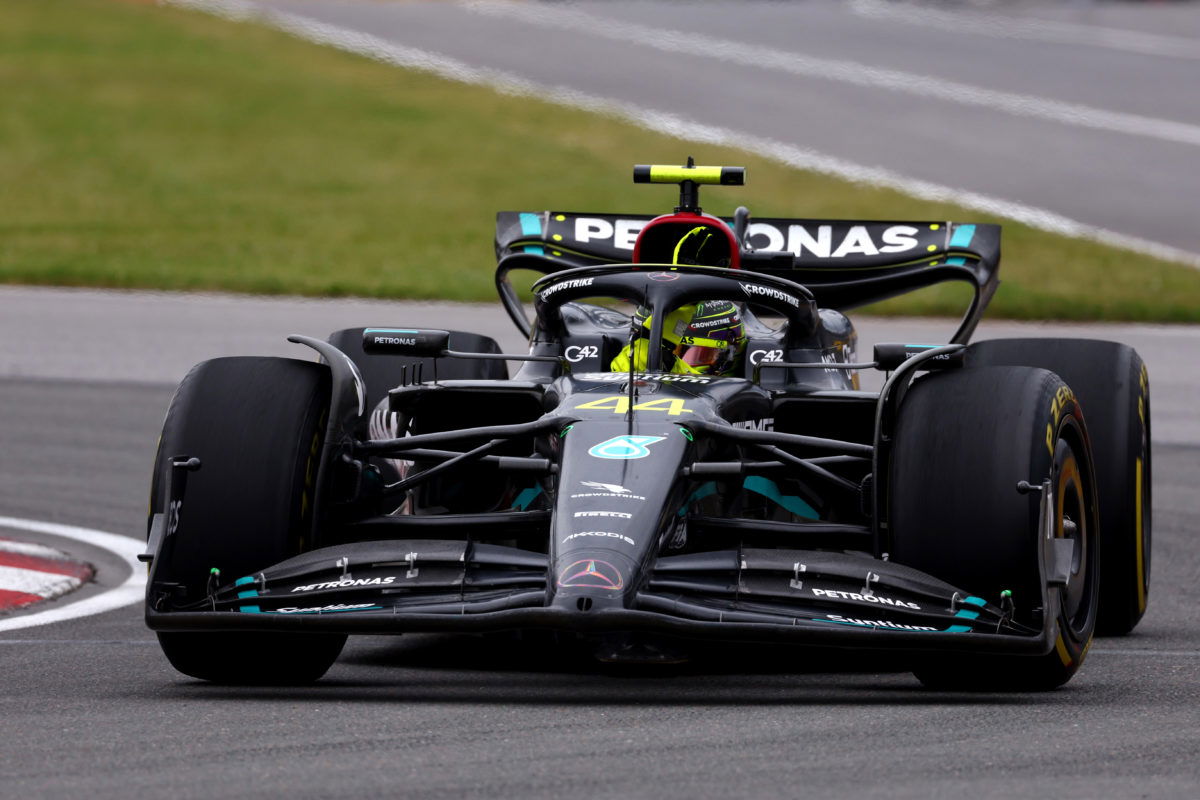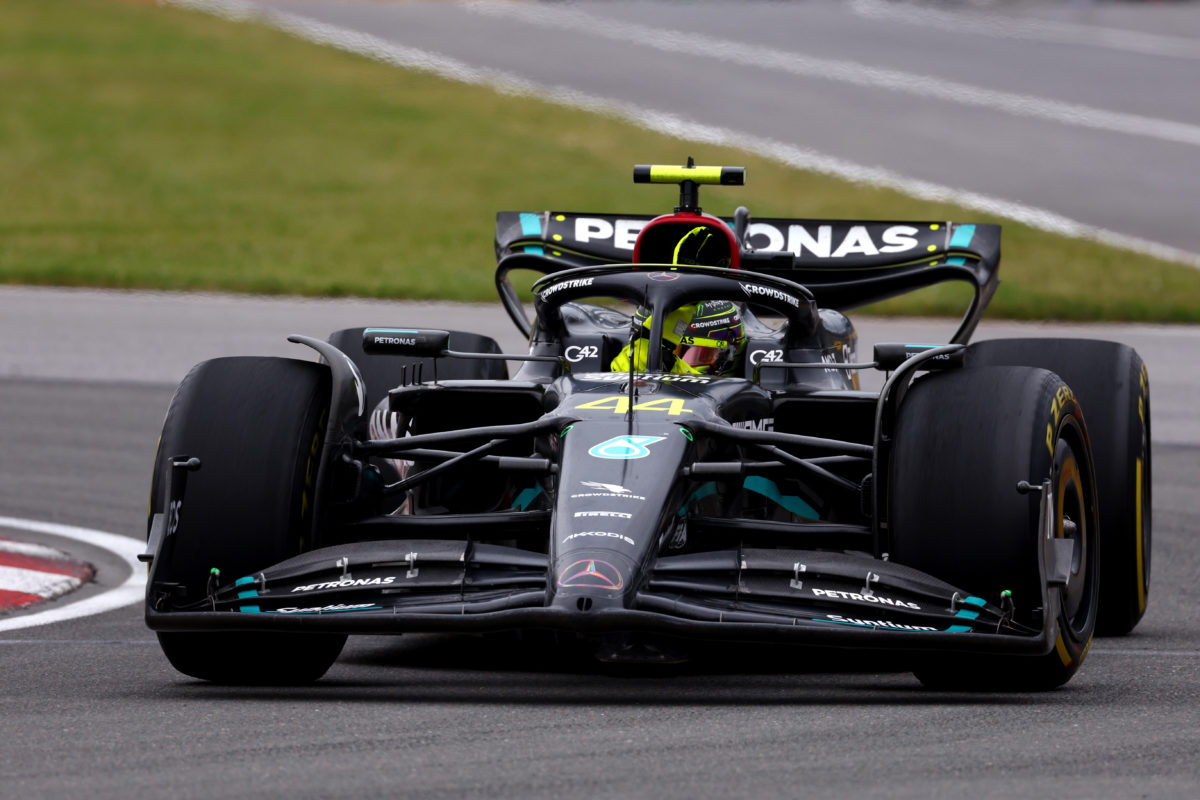

Toto Wolff has revealed another major upgrade is to hit the track at Silverstone for the British Grand Prix as Mercedes is finally understanding how its car needs to work in the current aerodynamic era.
After nearly 18 months of struggle since the introduction of the ground-effect cars at the start of last year, Mercedes eventually opted for a change in development after recognising at the start of the season in Bahrain it needed to alter its course.
The result was witnessed in Monaco as Mercedes unveiled a new front suspension, floor, and sidepods, albeit at a circuit where it was difficult to gauge whether the direction taken was the right one given the nature of the track.
Validation of the package arrived a week later at Barcelona’s Circuit de Catalunya where Lewis Hamilton finished second behind Red Bull’s Max Verstappen, albeit 24 seconds adrift.
Around Montréal’s Circuit Gilles Villeneuve, where Mercedes was not expecting to pose much of a threat, Hamilton and team-mate George Russell qualified third and fourth for the Canadian Grand Prix.
Although’s Russell’s race was wrecked by a lap-12 shunt into a wall, and eventually retirement with a brakes problem on lap 55, Hamilton went on to claim third, 14 seconds behind Verstappen, with Aston Martin’s Fernando Alonso second.
With more to come from the W14 in its current specification, and with Mercedes improving in exploiting it at each race, Wolff said: “We are understanding the simulations better.
“The time is correlating with what we are seeing on track, and that’s been our problem over the last one and a half years.
“We’ve seen good performance gains that are coming in the tunnel, and we are seeing a better understanding of what the car needs in order to go fast, what the set-ups need to look like.
“So generally, the steps are getting bigger now. I think we are making good inroads.”
It is why the team is confident to now add further layers of development to the car.
“We are bringing a larger one (upgrade package) to Silverstone, and then we should have another one before (the August) shutdown,” said Wolff.
“The learnings have accelerated a lot since we changed some of the conceptual architecture, so there should be decent steps coming in the next four races.”
Wolff has conceded, however, the car’s main area of weakness remains the rear end, but again he is confident enough to suggest it will be resolved.
“That’s been the problem of the car all along since we started last year,” said Wolff.
“We have a strong front but the rear is still trailing and is still not good enough, and we saw that (in Canada), particularly out of the low-speed (corners) we lack traction and stability.
“I think we can fix it. It is aero, it is the mechanical concept. It’s all intertwined. There’s not one thing.”






















Discussion about this post